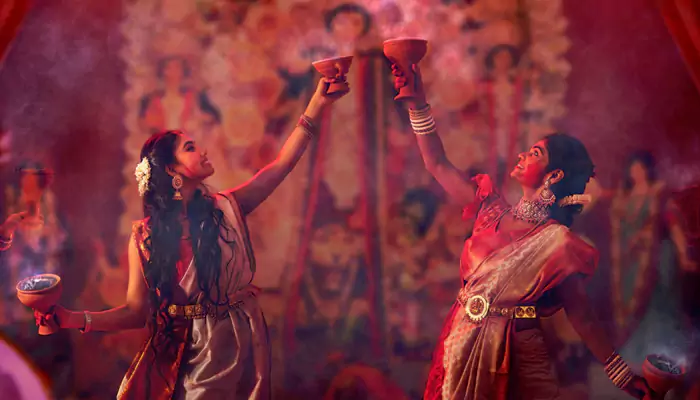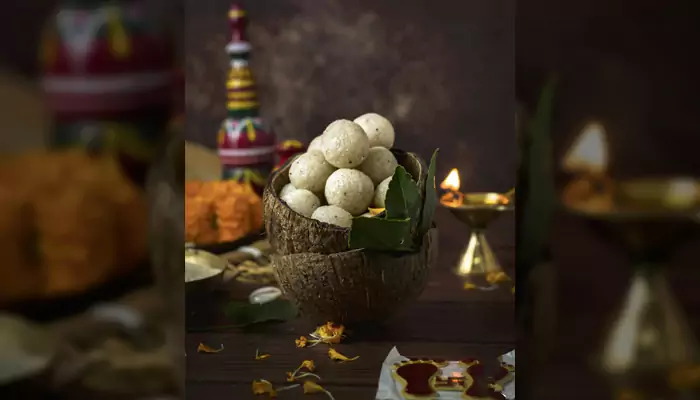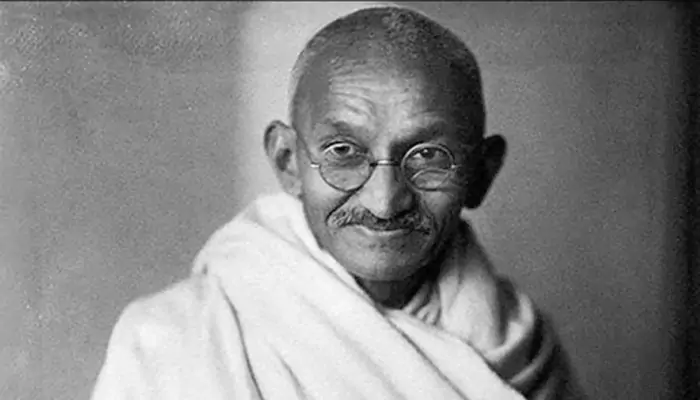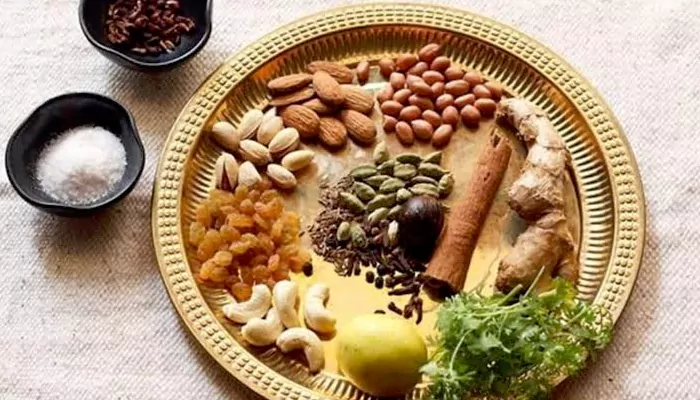
Lose weight without losing your energy this Navratri.
Navratri is more than just a festival—it’s a celebration of devotion, discipline, and cleansing. For many, it’s also the perfect time to shed extra kilos. But here’s the catch: while some people experience weight loss during fasting, others complain of fatigue, dizziness, or an energy crash by day three.
So, what makes the difference? The answer lies in how you fast, what you eat, and how well you balance nutrients. With the right approach, Navratri fasting can help you slim down and stay energized.
Weight Loss Happens When You Eat Clean, Not Just Less
Most people assume eating less automatically leads to weight loss. But replacing meals with fried sabudana vadas or sugar-loaded sweets may actually add weight instead of reducing it.
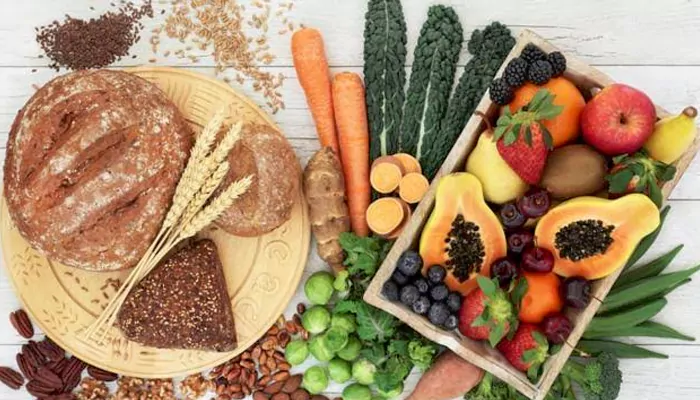
Pro Tip: Choose sattvik, whole foods like fruits, roasted makhana, boiled sweet potato, and kuttu rotis instead of deep-fried snacks. Weight loss is about quality, not just quantity.
Why the Energy Crash Happens
The biggest reason for tiredness during Navratri is imbalanced meals. Too many carbs (like potatoes and sabudana) without enough protein and fibre can cause blood sugar spikes, followed by energy crashes.
Doctor’s Insight: Pair your carbs with protein sources like paneer, nuts, or yoghurt to maintain steady energy levels.
Smart Carbs Keep You Going
Carbs are not your enemy; they fuel your dandiya nights! The trick is to pick the right kind. Refined carbs cause bloating and fatigue, while complex carbs release energy slowly.
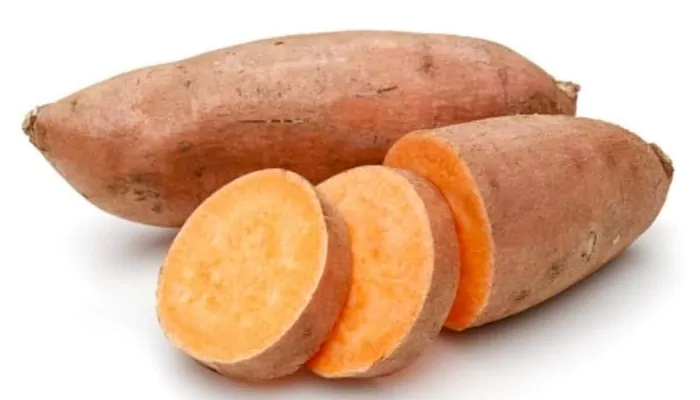
Eat This: Sweet potatoes, pumpkin, lauki, and samak rice.
Avoid This: Fried potato chips, excess sabudana, and refined flours.
Protein – The Secret Satiety Factor
Protein keeps you full longer, stabilises blood sugar, and helps you avoid unnecessary snacking. Sadly, many vrat diets are protein-deficient.
Add to Your Thali: Paneer tikka, curd with cumin, roasted peanuts, milk, and amaranth chikki.
Hydration = Energy
Dehydration is often mistaken for fatigue. With limited salt intake during vrat, your body loses electrolytes, leading to weakness.
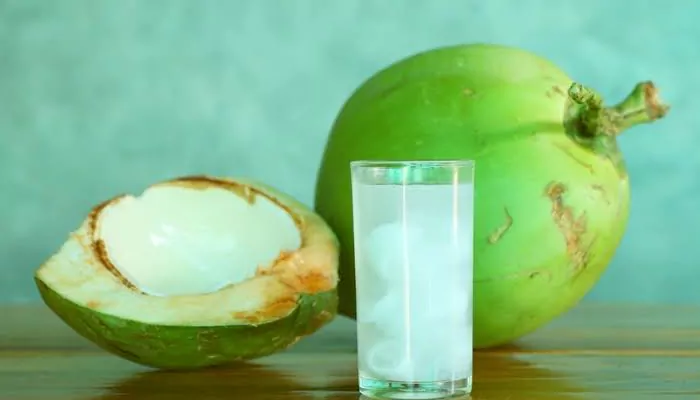
Stay Hydrated With: Coconut water, lemon water with sendha namak, or herbal teas.
Skip: Packaged fruit juices or sugary drinks—they spike energy and crash it quickly.
Smaller, Frequent Meals Work Best
Waiting all day for one heavy vrat thali can leave you bloated and drained. Instead, eating small portions every 3–4 hours maintains steady energy and supports weight loss.
Example Meal Plan:
Morning: Fruits + soaked almonds
Mid-morning: Coconut water + roasted makhana
Lunch: Kuttu roti + lauki sabzi + curd
Evening: Herbal tea + peanuts
Dinner: Sama rice khichdi + paneer
Avoid the Festival Weight Trap
Many people gain weight after Navratri because they switch back to junk food immediately. Your metabolism, slowed during fasting, struggles with sudden oily meals.
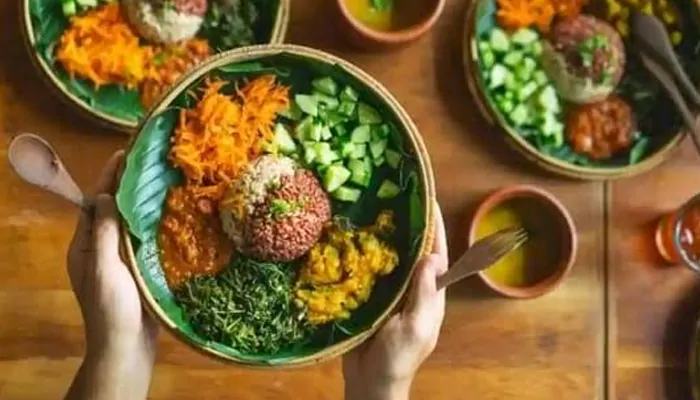
Pro Tip: Transition gradually. Continue with light, sattvik meals for 2–3 days before returning to your regular diet.
Move, Don’t Just Pray
Navratri is already a celebration of dance and movement. Use it to your advantage! Even 30 minutes of garba or dandiya daily can burn 300–400 calories.
Tip: If you’re not dancing, go for a brisk evening walk. Fasting plus activity = weight loss magic.
Navratri fasting is not about starving—it’s about nourishing your body while honouring tradition. If you eat smartly, hydrate well, and move your body, you’ll not only lose weight but also feel energetic throughout the nine days.
Remember, the goal is not to look weak and drained but to glow with health, devotion, and energy. This Navratri, let your fasting transform you inside and out.

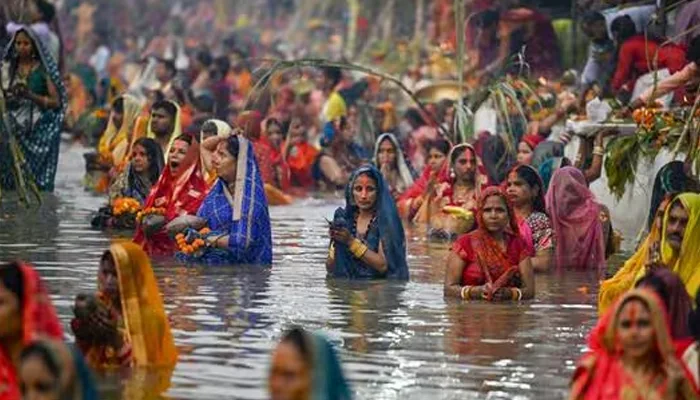
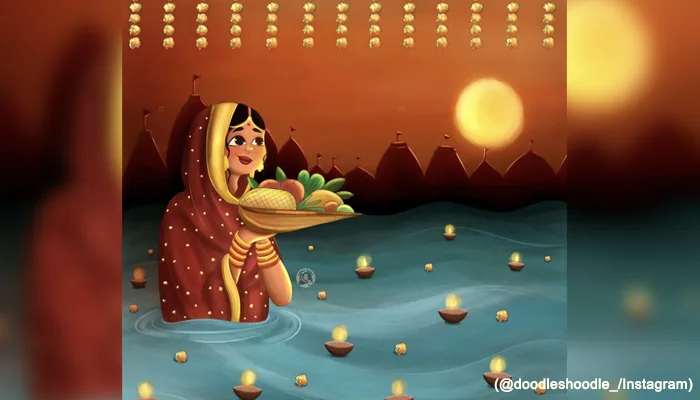
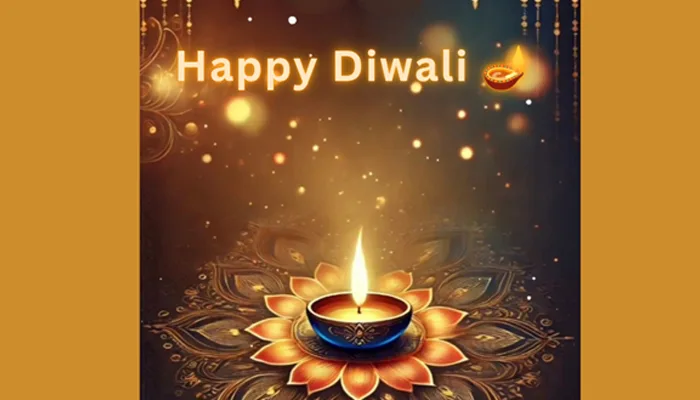
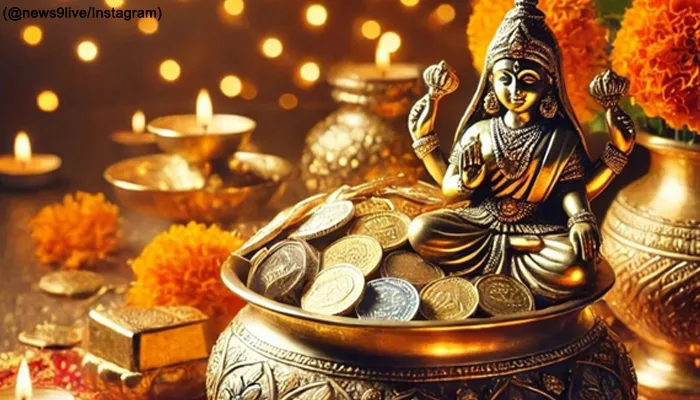
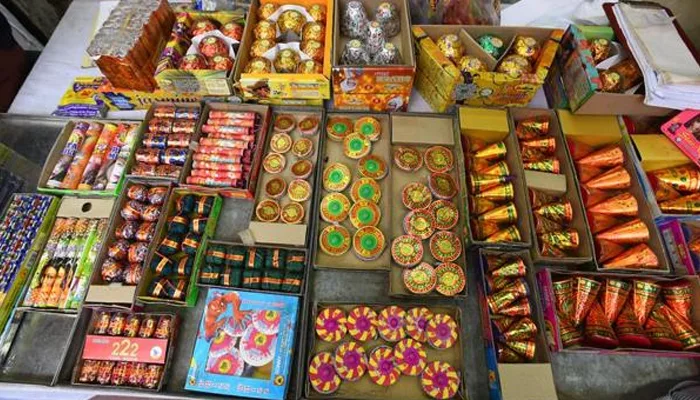
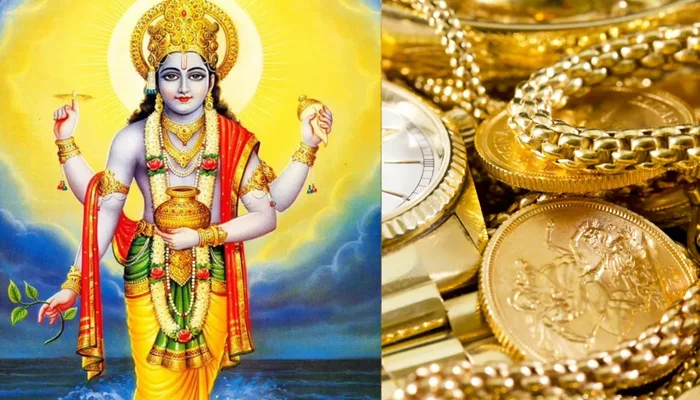
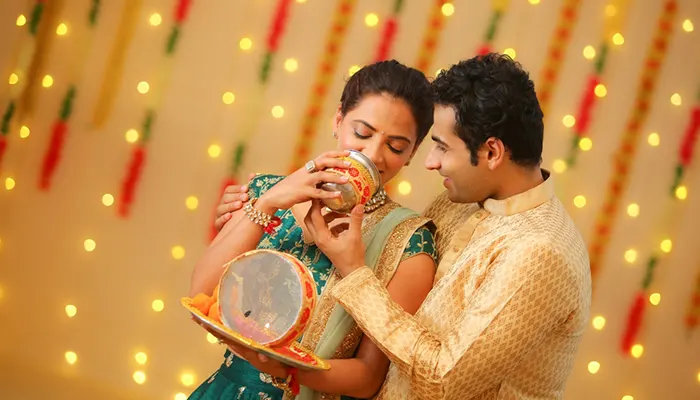
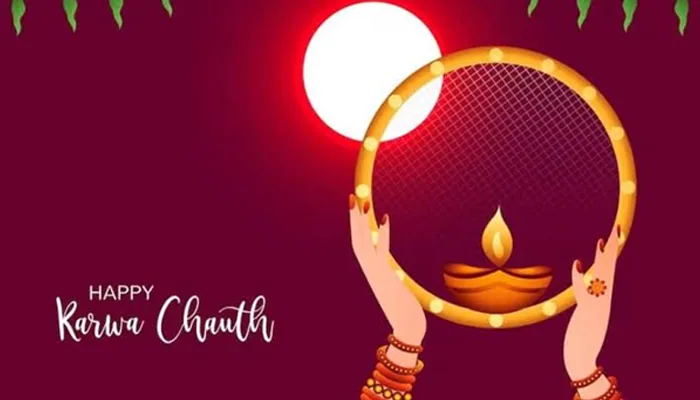
.webp)
